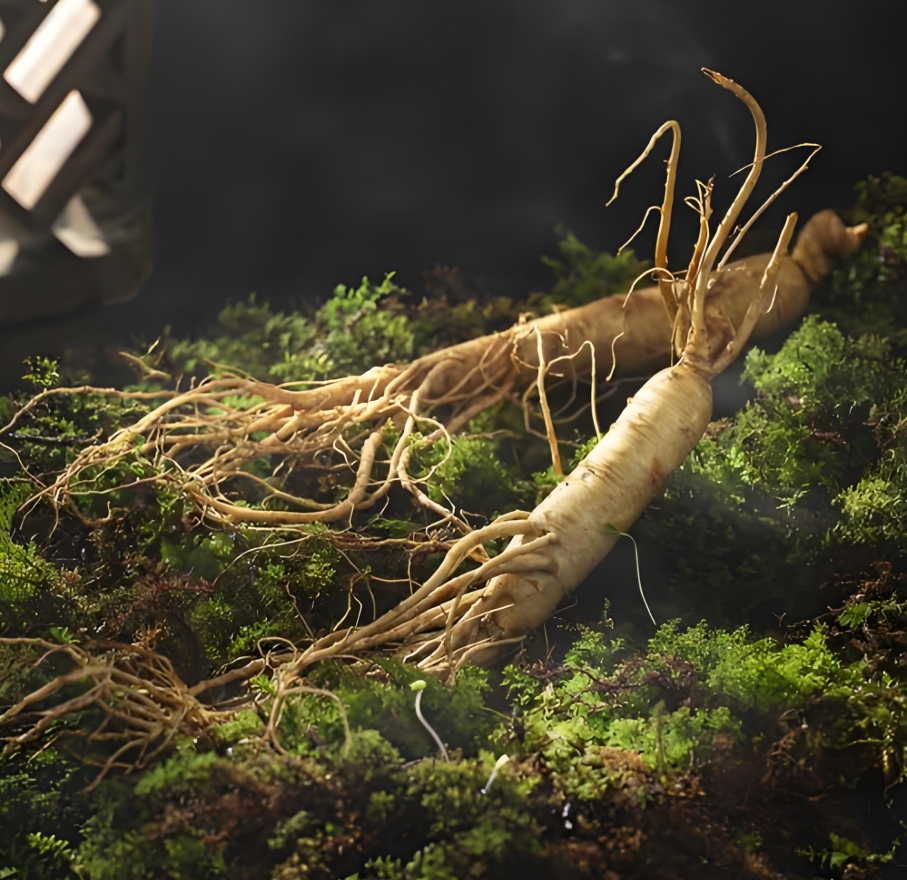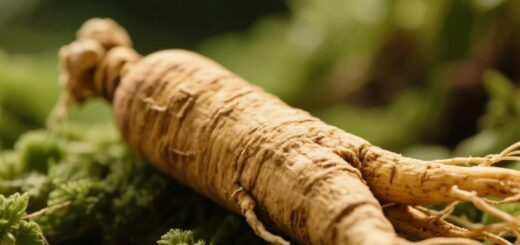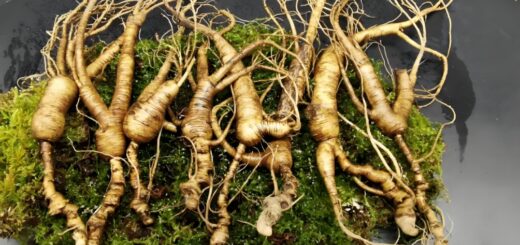Ginseng – Where Traditional Medicine Meets Modern Science
Ginseng (Panax ginseng C.A. Mey.), belonging to the Araliaceae family and Panax genus, was historically referred to by elegant names such as “Yellow Essence,” “Earth Essence,” and “Divine Herb.” Renowned as one of the “Three Treasures of Northeast China” and celebrated globally, ginseng is a precious medicinal herb and health product widely recognized across generations, honored as the “King of Herbs.”
As early as Shennong’s Herbal Classic, it was recorded: “It primarily nourishes the five organs, calms the spirit, stabilizes the soul, relieves palpitations, dispels pathogenic factors, improves vision, enlightens the mind, and enhances wisdom. Long-term consumption lightens the body and prolongs life.” While ginseng’s tonic and health-preserving effects have been highly praised in both traditional Chinese and Western medicine, consumer understanding remains fragmented regarding its proper use.

A comprehensive “Ginseng Classic” is needed to guide informed application. Ginseng has four major varieties: China’s “Jilin Ginseng,” Korea’s “Goryeo Ginseng,” Japan’s “Toyama Ginseng,” and the “American Ginseng” (Panax quinquefolius) from Canada and the United States.
China’s ginseng varieties fall into three categories:
- Wild Mountain Ginseng: Growing in virgin forests at 1,500-2,000 meters elevation, this rarest “natural green tonic” heads the “Three Treasures of Northeast China.” With a millennia-long history of use in China, it is increasingly scarce. The finest quality comes from Jilin Province, hence its alternate name “Jilin Ginseng.” These ginseng roots typically grow for decades, sometimes centuries.
Thriving in harsh mountainous soils, wild ginseng develops distinct morphological features. Premium specimens exhibit a horizontally-spread “eight-shaped” body, complete “five-form” characteristics (balanced rhizome, body, legs, and fibrous roots), tight fine skin, and deep wrinkles. Older, thicker roots command higher prices and potency.
- Garden Ginseng: Cultivated artificially on mountain slopes or flatlands near forests. Processed varieties include sun-dried ginseng, red ginseng, and fresh-preserved ginseng.
- Transplanted Mountain Ginseng: Also called “forest-cultivated ginseng,” this involves sowing garden ginseng seeds or seedlings in virgin forests to mimic wild growth conditions without human intervention. After decades of natural growth, it develops comparable quality and chemical composition to wild ginseng, with value escalating exponentially with age.
Since the 1950s, significant scientific advances have been made in cultivation, pharmacological research, bioactive components, mechanism studies, structural modification, and innovative drug development. Notable works like Chinese Ginseng, Compendium of Ginseng Research Advances, and Ginsenoside NMR Standard Spectra represent milestones in ginseng research.
In 2012, China officially approved ginseng as a New Resource Food, ushering in a new era for its dual application in medicine and cuisine. This expanded its utility and extended industrial chains.
As a participant in establishing ginseng’s status as a dual-purpose resource, I feel compelled to systematically study its nutritional components and bioactive factors, conduct international comparisons, and provide scientific references for researchers and consumers. This effort aims to unravel ginseng’s profound mysteries and maximize its unique health-preserving and therapeutic potential through technological empowerment.


